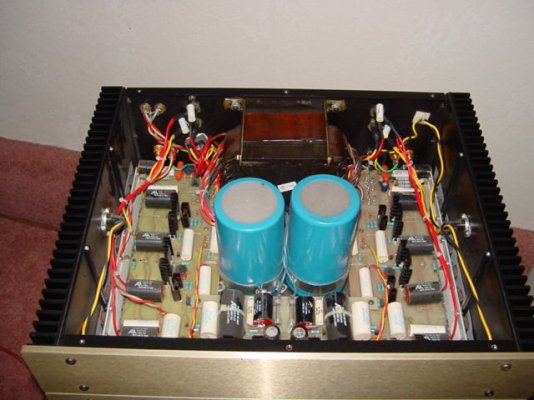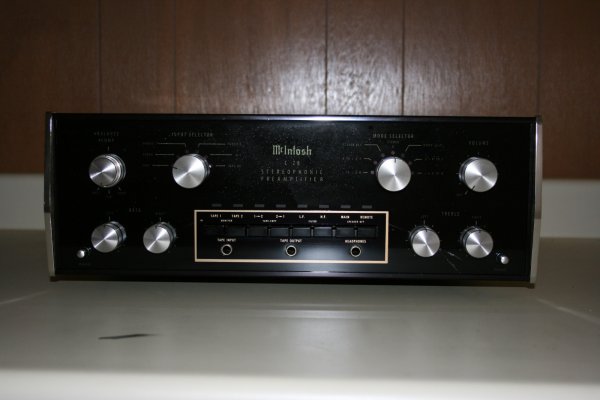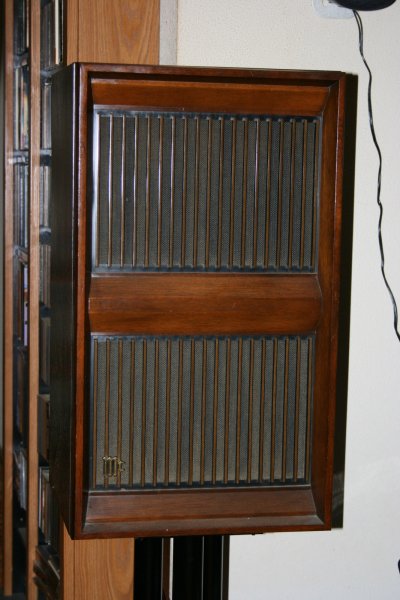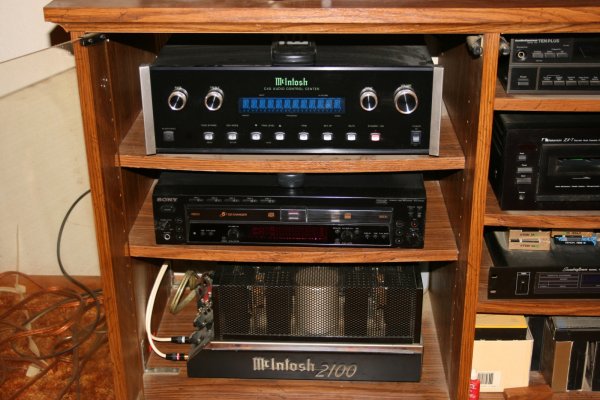NW-Bound
Give me a museum and I'll fill it. (Picasso) Give me a forum ...
- Joined
- Jul 3, 2008
- Messages
- 35,712
Well, I just came in from the backyard after spending two hours measuring speaker open-air responses by frequency speaking. I would have stayed out longer but I ran out of string. And, NW-B is correct, I have to do something with my free time and I don't think it will be cooking French meals.
One thing I have found to be enjoyable is following dividend stocks. I think that the people who follow dividend stocks really enjoy doing it. I may be wrong about this, but it doesn't seem all that complicated. I imagine, though, that this can be as complicated as one chooses to make it--and that's OK, because I'm sure those people enjoy the process. Small caps, bonds, emerging markets--those seem complicated so I use mutual funds or ETFs.
Darn, it's still light outside, I wish I hadn't run out of string.
Oh, Mr. Redduck! As eccentric as I often think that I am, I occasionally find some who are even more so than myself.
Your methodology of speaker testing with strings surely had not crossed my mind. Still, I pride myself on having an inquisitive mind, and spent some time to look into your approach.
Not being a musician, I looked up the Web and found that a tenor could get as high as a C5, and that's 523.25Hz. Hmm... I did not know the human voice is so modest, although it is said that with overtones, read harmonics to me, our tenor can yell out up to 1.5KHz perhaps.
Then, at the low end a basso profondo can get down to E2, and that's a more impressive 82.41Hz!
As I surmise that you are neither a tenor nor a bass your range would be more limited. I think a duck can get higher than a tenor, but then a duck can only sing the same note over and over.
Moreover, I ponder about the transmission bandwidth of your string. How does that vary with the string tension? The type, material, and quality of the string? How you tie your knots? This is way more complicated than the crossover networks I deal with, whose attributes stay the same from day to day.
I think I will stick with my electronic set up, and endure the trouble of setting up equipment in the back yard and running power cords so that I can make use of the 192 kilosamples/sec and 24-bit digital conversion. And that's far above the CD quality of 44.1 Ksps and 16-bit resolution.
May I suggest that you take up French cooking instead?
And back to the dividend stock investing, I would not go 100% with it, and you did not say you would either. I personally have a lot of cash (25%) at the present time, but then I always do. I need to look to deploy that, but am in no hurry. As for you, even if you just track some indices, having the visibility into the individual stocks and see how the market responds to the economy is educational to me. You see, I am always an DIY, and when I get interested in something, I like to get a bit deeper and to understand why something works (or does not work).
Last edited:





